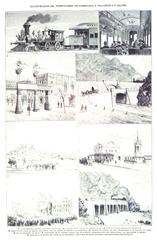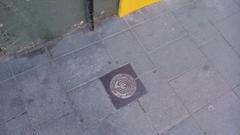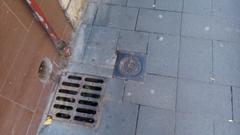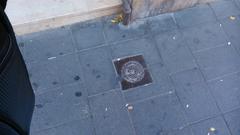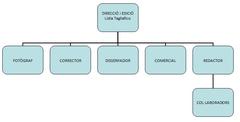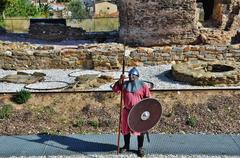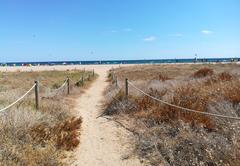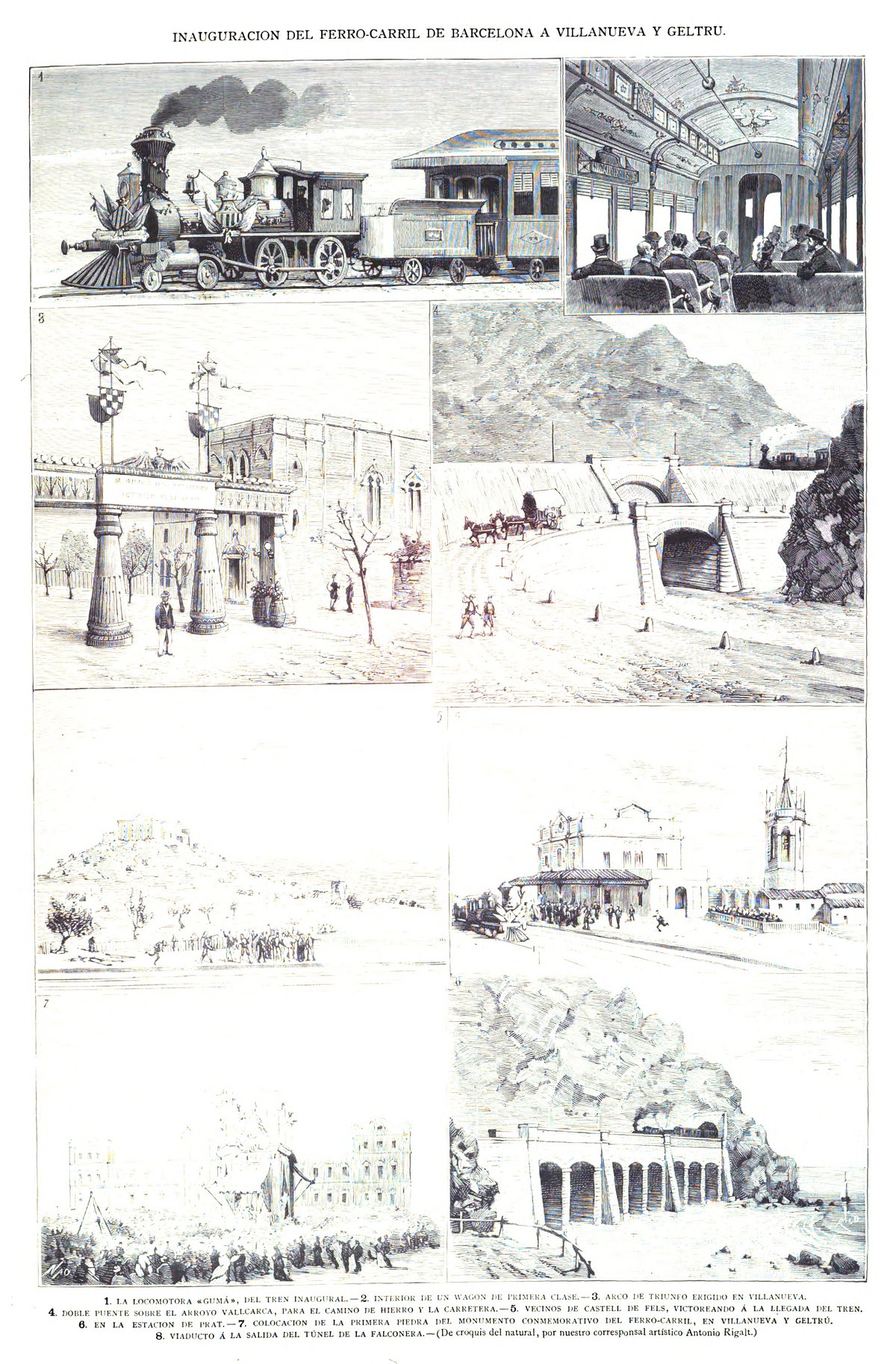
Visiting Hours and Tickets for Platja Castelldefels in Castelldefels, Spain
Publishing Date: 19/07/2024
Introduction to Platja Castelldefels
Welcome to Castelldefels, a town that blends historical charm with modern amenities, making it a must-visit destination in Spain. Located in the Baix Llobregat comarca of Catalonia, Castelldefels is steeped in history, dating back to ancient Iberian and Roman times. This comprehensive guide will walk you through everything you need to know about visiting Platja Castelldefels and other attractions in the area, from historical landmarks to practical visitor information. Whether you are a history enthusiast, beach lover, or adventure seeker, Castelldefels has something for everyone (Ajuntament de Castelldefels) (Renfe).
Contents Overview
- Introduction
- History of Castelldefels
- Early History and Roman Influence
- Medieval Period and the Castle
- Modern Era and Urban Development
- Post-War Period and Economic Boom
- Contemporary Castelldefels
- Visitor Information
- Ticket Prices and Visiting Hours
- Travel Tips
- Nearby Attractions
- Accessibility
- Special Events and Guided Tours
- Events at Castelldefels Castle
- Guided Tours
- FAQ Section
- Conclusion
Exploring Castelldefels - History, Visiting Hours, and Top Attractions
History of Castelldefels
Early History and Roman Influence
Castelldefels, located in the Baix Llobregat comarca of Catalonia, Spain, has a rich history that dates back to ancient times. The area was originally inhabited by the Iberians, an ancient people who lived in the eastern and southern parts of the Iberian Peninsula. Evidence of their presence can be found in the form of archaeological remains, such as pottery and tools, discovered in the region.
The Romans arrived in the area around the 1st century BC, and their influence is still evident today. Castelldefels was strategically important due to its proximity to the Via Augusta, a major Roman road that connected Rome to the Iberian Peninsula. The Romans established settlements and built infrastructure, including roads and aqueducts, to support their colonies. The remains of a Roman villa, known as the Can Modolell, have been discovered in Castelldefels, providing insight into the Roman way of life in the region (Ajuntament de Castelldefels).
Medieval Period and the Castle
The name “Castelldefels” is derived from the Latin “Castellum Felix,” meaning “Fortunate Castle.” The castle, which is the town’s most iconic landmark, was built in the 10th century on the site of an earlier Roman fortification. The castle was constructed to defend the area from frequent pirate attacks and to serve as a lookout point over the Mediterranean Sea. Over the centuries, the castle underwent several modifications and expansions, reflecting the changing needs and architectural styles of the times (Castelldefels Castle).
During the medieval period, Castelldefels was part of the County of Barcelona, which was a significant political and military entity in the region. The castle played a crucial role in the defense of the county and served as a residence for local nobility. The town of Castelldefels gradually developed around the castle, with agriculture and fishing being the primary economic activities.
Modern Era and Urban Development
The 19th century brought significant changes to Castelldefels. The construction of the railway line between Barcelona and Vilanova i la Geltrú in 1881 made the town more accessible and spurred its development as a popular seaside resort. The railway line facilitated the movement of people and goods, leading to increased tourism and economic growth. The town’s population began to grow, and new residential areas were developed to accommodate the influx of visitors and residents (Renfe).
In the early 20th century, Castelldefels continued to evolve as a tourist destination. The construction of the Garraf Massif tunnel in 1924 further improved accessibility to the town. The beautiful beaches of Castelldefels, including the famous Platja Castelldefels, attracted visitors from Barcelona and beyond. The town’s infrastructure was modernized, with the development of hotels, restaurants, and recreational facilities to cater to the growing number of tourists.
Post-War Period and Economic Boom
The post-World War II period saw a significant economic boom in Spain, and Castelldefels benefited from this growth. The town experienced rapid urbanization and modernization, with new residential neighborhoods, commercial centers, and industrial areas being developed. The construction of the C-32 motorway in the 1970s further improved connectivity to Barcelona and other parts of Catalonia, making Castelldefels an attractive location for both residents and businesses (Generalitat de Catalunya).
During this period, Castelldefels also became known for its educational institutions. The establishment of the Polytechnic University of Catalonia (UPC) campus in Castelldefels in 1991 brought a new dimension to the town’s development. The university’s presence has attracted students, researchers, and professionals, contributing to the town’s cultural and intellectual vibrancy (UPC).
Contemporary Castelldefels
Today, Castelldefels is a thriving town that seamlessly blends its rich historical heritage with modern amenities and attractions. The town’s population has grown significantly, and it is now home to a diverse community of residents and expatriates. Castelldefels is known for its high quality of life, with excellent educational institutions, healthcare facilities, and recreational opportunities.
The castle remains a central feature of the town, serving as a cultural and historical landmark. It has been restored and is open to the public, offering visitors a glimpse into the town’s medieval past. The castle hosts various cultural events, exhibitions, and festivals throughout the year, making it a vibrant hub of activity (Castelldefels Castle Events).
Platja Castelldefels, the town’s main beach, continues to be a major attraction for both locals and tourists. The beach stretches for over five kilometers and offers a wide range of recreational activities, including swimming, sunbathing, water sports, and beach volleyball. The promenade along the beach is lined with restaurants, cafes, and shops, providing a lively and enjoyable atmosphere for visitors (Turisme Castelldefels).
In recent years, Castelldefels has also become known for its commitment to sustainability and environmental conservation. The town has implemented various initiatives to protect its natural environment, including beach clean-up campaigns, waste reduction programs, and the promotion of eco-friendly tourism practices. These efforts have earned Castelldefels recognition as a sustainable tourism destination (Ajuntament de Castelldefels).
Visitor Information
Ticket Prices and Visiting Hours
- Castelldefels Castle - Open Tuesday to Sunday, 10:00 AM - 6:00 PM. Tickets: €5 for adults, €3 for children and seniors.
- Other Attractions - Opening hours and ticket prices vary; check individual websites for details.
Travel Tips
- Best Time to Visit - Spring and summer for beach activities; autumn for fewer crowds and mild weather.
- How to Get There - Easily accessible by train from Barcelona (RENFE line R2) or by car via the C-32 motorway.
Nearby Attractions
- Other Historical Sites in Barcelona - La Sagrada Familia, Park Güell, Gothic Quarter.
- Local Restaurants and Cafes - Try local Catalan cuisine at restaurants along the beach promenade.
Accessibility
- Information on Accessibility - Many attractions, including Castelldefels Castle and Platja Castelldefels, are accessible for visitors with disabilities. Check specific sites for detailed accessibility information.
Special Events and Guided Tours
Events at Castelldefels Castle
Annual events include medieval fairs, music festivals, and art exhibitions.
Guided Tours
Available tours include historical walks, beach tours, and eco-tours. Check the town’s tourism website for schedules and booking information.
FAQ Section
-
What are the visiting hours for Castelldefels Castle? The castle is open from Tuesday to Sunday, 10:00 AM - 6:00 PM.
-
How much are the tickets? Tickets for Castelldefels Castle are €5 for adults and €3 for children and seniors.
-
What are the best nearby attractions? Nearby attractions include other historical sites in Barcelona, such as La Sagrada Familia and Park Güell, as well as local restaurants and cafes along the beach promenade.
Conclusion
Castelldefels offers a unique blend of historical charm and modern amenities. Whether you’re visiting for its rich history or beautiful beaches, there’s something for everyone. Download our mobile app Audiala for more travel tips and updates.
Call to Action
Stay connected with us on social media and check out other related posts for more travel inspiration.
Summary and Key Takeaways
In summary, Castelldefels offers a unique blend of historical significance and modern attractions, making it an ideal destination for a variety of travelers. From the ancient ruins of Roman settlements to the modern-day allure of Platja Castelldefels, there is no shortage of things to see and do. The town’s commitment to sustainability and environmental conservation further enhances its appeal. Whether you are visiting the iconic Castelldefels Castle or enjoying the numerous recreational activities along the beach, you are sure to have an unforgettable experience. Stay updated on events and other travel tips by following Castelldefels’ official tourism website and social media channels (Castelldefels Castle) (Turisme Castelldefels).
Cited Sources
- Ajuntament de Castelldefels. (n.d.). Retrieved from https://www.castelldefels.org
- Renfe. (n.d.). Retrieved from https://www.renfe.com/es/en
- Castelldefels Castle. (n.d.). Retrieved from https://www.castelldefels.org/ca/castell.asp
- Turisme Castelldefels. (n.d.). Retrieved from https://www.castelldefelsturisme.com
